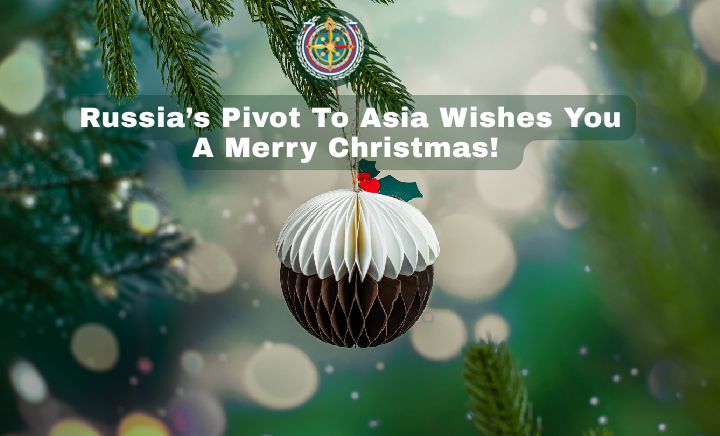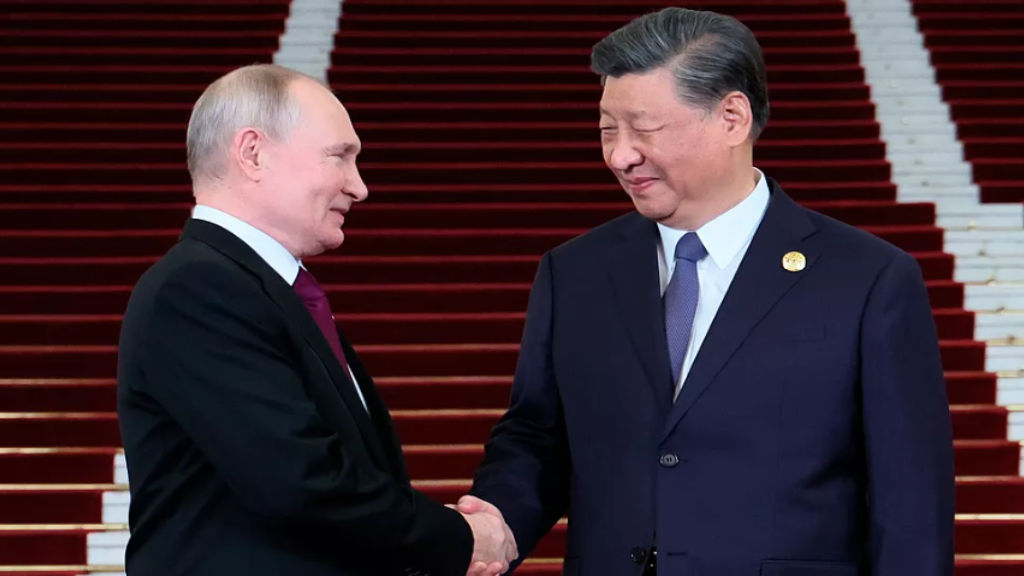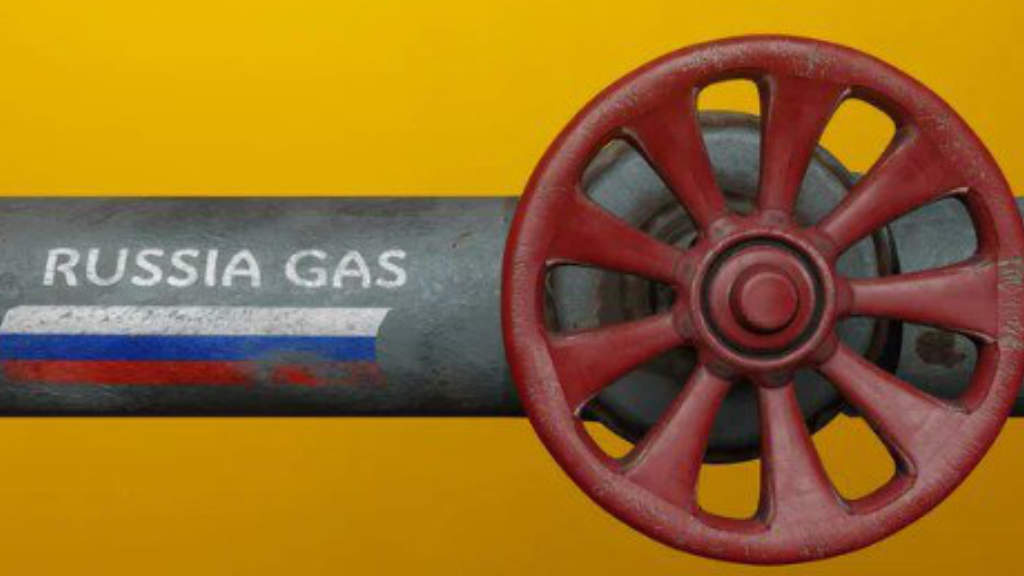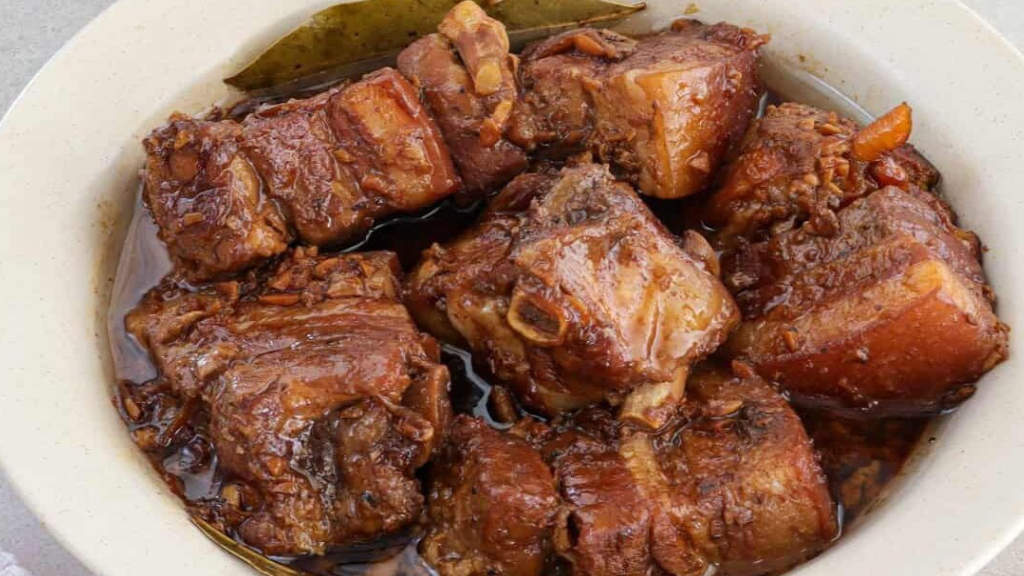Russian President Vladimir Putin has confirmed his trip to Beijing to hold meetings with Chinese President Xi Jinping, himself just back from a trip to France, Serbia, and Hungary – the latter two Russia-friendly European nations. Putin meanwhile this week has restructured his government and moved around senior officials and just held meetings with Eurasian Economic Union heads of state. In this article we look at what a resetting of Western relations with China and Russia means, and how the two countries can be expected to work together to offset their declining relations with the EU in particular. Putin meets with Xi on Thursday and Friday. (May 16 & 17).
The Russian Government Reshuffle
While Sergey Lavrov, the veteran Foreign Minister, remains in place, a key role in Russia has changed – with Andrei Belousov stepping in as Defence Minister. His predecessor, Sergey Shoigu, has been moved to a position within Russia’s Security Council, with the moves Russia is looking to take a different approach to its national security – which includes the Ukraine conflict. The main difference here is that Belousov is an economist – with close ties to China. This appears indicative of one of two possibilities: either that Russia is preparing for a long-haul conflict in Ukraine and needs better financial management of the military to support this, or that Moscow feels an end is in sight and in its favour. If so, reconstruction and integration of what were once Ukrainian territories into Russia also requires deft financial planning. Assuming the first case, Putin and Xi will be working out how best to continue under-the-counter military supplies to Russia. China is no special friend of Ukraine, having lost billions of dollars of investments in Ukrainian land use rights and agricultural deals since the conflict began. China was Ukraine’s biggest trade partner as recently as 2020, representing 11% of Ukraine’s total trade. However, in 2023, Ukraine’s National Agency on Corruption Prevention designated numerous Chinese MNC and SOE companies “international sponsors of war”, a situation that has certainly not gone down well in Beijing.
However, at the heart of the Russian reshuffle is a government with a foreign policy full of Chinese expertise. While Sergey Lavrov, and Andrei Belousov are already well known in China, so are Russia’s new Deputy Prime Ministers Alexei Overchuk, who has worked with the Eurasian Economic Union and Russia’s foreign policy, Vitaly Savelyev in Russian transport and logistics, including an overhaul of state carrier Aeroflot, Yury Trutnev, now responsible for the Russian Far East and long an architect of developing the Russian Arctic, Far East and Special Economic Zones – some in conjunction with China, – amongst others. It means that China has acquired a new political dynamic within the current Russian government administration.
Reintegrating Oblasts and the Belt & Road Initiative
This new expertise has specific implications. Should Moscow feel it is about to prevail in Ukraine, China’s BRI infrastructure finance involving the reconstruction and rehabilitation of the Luhansk, Donetsk, Zaporizhzhia, Kherson and Kharkiv Oblasts (Provinces) into Russia would be a much-discussed subject. These regions, all of which are currently under at least partial Russian control, would almost certainly be ceded to Russia in the event of any Ukrainian military collapse. Also potentially coming into the picture could be Odessa Oblast on the Black Sea coast.
Why would China help finance these regions reintegration into Russia? Because these regions represent significant assets in both agriculture and energy – both of which China imports. Beijing had already made numerous agreements with Kiev over land use rights for crop and food production and had been looking into coal and other commodities, as well as financing rail links into the country. That money has now gone, with nothing left to show for it. Beijing would feel that Moscow, in return for BRI and other relevant support, would honour the deals that the Kiev government originally made. China’s proven success in BRI infrastructure development would almost certainly be a better option than any EU programme – as Brussels appears to have already demonstrated it is running short of funds.
A Changing Europe
Xi’s visits to Serbia and Hungary were interesting. Serbia is not part of the EU and is staunchly anti-NATO. It also has a Free Trade Agreement with Russia via the Eurasian Economic Union. Hungary, while part of the EU, remains on friendly terms with Moscow. While Xi’s trip to both would have been in part, to unblock construction problems with the Belgrade-Budapest railway, he would also have looked at widening China’s BRI infrastructure in the Balkans region as a whole. Serbia is also a potential candidate for BRICS.
Elsewhere, Xi would have assessed the overall situation in the Balkans. Several countries feel let down by the EU keeping them on perpetual membership tracking, and resent Ukraine’s ambitions to join as soon as is possible and charging ahead of their own longer term promised EU agreements. This is now leading to a swing back towards trade with Russia and China, and the promise of Chinese investments. That will suit Moscow.
Mitigating Against Sanctions
This is a subject of mutual interest as the United States has now been seen to use sanctions as a trade weapon, often with flimsy pretexts. TikTok is owned by Chinese investors (yet managed from Singapore) yet its popularity as an App have raised American concerns about spying. TikTok has been threatened with expulsion from the US market unless it sells its US division to an American firm. The United States has just imposed a 100% import tariff on Chinese electric cars – as the American market technology is well behind that of China’s. There are numerous other examples of US sanctions being deployed against China for what really amount to protectionist issues, dressed up as security concerns. The EU and UK generally follow Washington’s lead in this regard.
Meanwhile, the sanctions imposed upon Russia are well known – but with Ukraine used as an easy excuse for increasing the promotion of US energy and weapons supplies to Europe. Both Russia and China then face similar, if somewhat differing sanctions pressures upon their economic development, as do the multiple nations who are caught in the middle. These include businesses from across Central Asia and the Middle East, Turkiye (a NATO member), Africa and Latin America. It is not an exaggeration to say that the Global South is looking to Moscow and Beijing to help them out of US sanctions policy.
Indeed, one of President Putin’s main goals will be to find ways to minimise disruption to the economic lifeline that China has provided. Since February 2022, Beijing has become the biggest buyer of Russian oil and gas, as well as a key source of imports. These range from consumer goods to components that can fall under the ‘dual-use’ sanctions banner. Washington is trying to cut off that trade flow.
New Banking Infrastructure
This extends beyond specific products but to global banking structures. In December, the White House threatened to impose sanctions on any bank clearing payments for Russia. Earlier this year, US Treasury secretary Janet Yellen and secretary of state Antony Blinken visited China and laid out these threats to Chinese leaders and financial institutions. There has been some effect. Chinese exports to Russia dropped by 15.7% in March and 13.5% in April compared with the same period last year. Getting around these deliberate, US imposed limitations will also be a core part of the Xi-Putin discussions.
Such sanctions have also been proven to be solvable. Over the past two years, the Russian and Chinese governments have demonstrated a remarkable ability to adapt to US restrictions. Putin’s visit presents a new opportunity to brainstorm the options in private before quietly implementing them. He will be accompanied by an experienced team from Russia’s Central Bank and the Finance Ministry, as well as IT and tech support officials who are responsible for the Kremlin’s drive to de-dollarise the Russian financial system. Their moves have already enabled Russia to withstand the initial shock of sanctions and then rapidly switch its financial system from dependency on the US Dollar and Euro to partial dependency on the Chinese RMB.
In December last year, the RMB accounted for more than a third of settlements in Russian trade with foreign partners — from practically zero in 2020. Russia’s RMB deposits held in Russia currently amount to about US$68.7 billion, according to the Financial Times, and now far exceed its US dollar holdings. According to Russia’s Central Bank, RMB-denominated lending to support Russia-China trade has surged nearly fourfold to US$46.1 billion, thanks largely to the conversion of debt from US Dollars and Euros to RMB.
Russia and China also now use local infrastructure for proceeding and clearing transactions. After being cut off from SWIFT, Russia has been using its own domestic analogue, the financial messaging system of the Bank of Russia (SPFS), whose use is now mandatory in Russia. China operates its own cross-border interbank payment system (CIPS), which now includes about 30 Russian banks. While CIPS doesn’t equal the global transaction volumes handled by SWIFT, it is expanding. CIPS daily transactions increased by 50% in 2022, and by another 25% in the first three quarters of 2023.
CIPS also doesn’t just process payments between China and Russia. In April 2023, for example, Bangladesh used it to pay Russia’s atomic energy agency in RMB for work on a nuclear power plant.
However, while US threats to disconnect Chinese banks from SWIFT remain, the next steps for Moscow and Beijing will be the creation of infrastructure for clearing the most sensitive payments. This is unlikely to include any major Chinese bank integrated into the global financial system but some of its 4,500 regional banks already have correspondent relationships with Russian banks. A scheme for clearing problematic payments could include smaller banks that only conduct transactions in their national currencies and use only local infrastructure. The involvement of multiple shell companies as intermediaries, including from countries in Central Asia and the Middle East is likely. Such transactions will be costlier and take more time, but they will be much harder for the US to find and clamp down on.
By looking at the Russian economy as a giant sanctions experimental laboratory, Beijing and Moscow combined can fine-tune a financial infrastructure that can be used by other nations seeking an antidote to the United States weaponizing global financial systems and trade. A Putin-Xi summit to discuss the issue now seems more likely to succeed than a United States now preparing for Presidential elections and a European Union apparently overcome with fear. The Putin-Xi summit in Beijing to discuss global affairs and their relationship with each other suddenly seems to be the underpinning of a new, much needed global stability.






